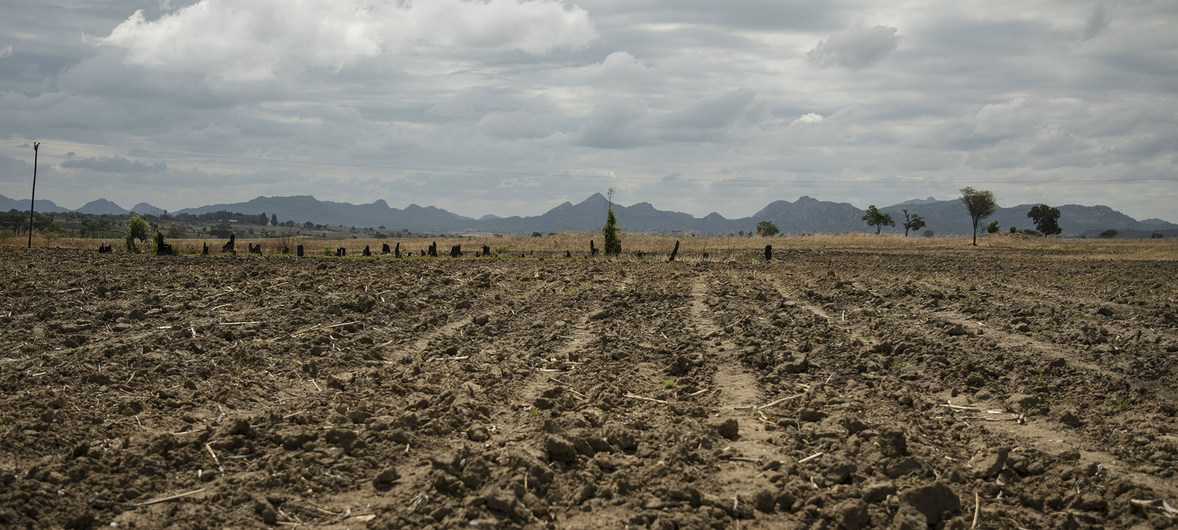
Technically the decade doesn’t end until December 31, 2020. That said, no one is looking to Above the Law to be the sort of obnoxious gunner who points out something so wildly pedantic. Let’s just lean back and celebrate the common parlance end out the 2010s with a look back the top stories we’ve put out over the first full decade of Above the Law coverage.
Why is this a “sort of” list? Above the Law changed how we track traffic in 2015 so while we can see stories from the whole decade, we can only identify the traffic those stories have generated since the summer of 2015. So when you look at this list you may wonder if there are some early decade blockbusters that should be in here. For instance, Dewey think the death of a law firm might have cracked the list? Probably. I happen to know from memory that this particular post about a former Michigan judge had traffic higher than all but three of the articles listed below. But we have to work with what we have and this list is a good thumbnail sketch of the years.
Of course, if you’re looking to hear a quick recap of the just top stories of 2019 — the feature we usually drop at this point — there’s always the Thinking Like A Lawyer recap.
Without further ado, behold a decade in the life of Above the Law:
10. Which Bar Exam Prep Course Is The Best?: Back in 2013, we endeavored to provide 3Ls with a comprehensive guide to the best bar prep courses available to them by simply laying out all the costs, discounts, and policies of the big players in bar prep so graduates could make an informed decision. The success of this post over the last decade is a reminder that while timely announcements that lawyers are demanding opposing counsel “eat a bowl of dicks” (while that story was only published in December, it is currently the 12th most read story of the decade), ATL also delivers serious, practical information and often that stuff delivers as many eyeballs as the more scandalous stories. And given that this article pre-dates the traffic black hole, it deserves to be much, much higher on this list.
9. The Brett Kavanaugh Chickens Have Come Home To Roost: The top story of 2019 is also the 9th entry in the decade’s hit list. “The Brett Kavanaugh Chickens” in this case represent Maine Senator Susan Collins realizing that she had torched the “I’m a moderate, pro-woman Republican” image that she’d mostly fictionalized to sustain her career in Maine politics. Kavanaugh was certainly a bigger deal this year, but let’s not undersell when she backed Neil Gorsuch as a defender of “precedent” because he’d written a book on it right before gutting the 40-year-old Abood decision. The moral of the story is that Susan Collins is a talentless hack who’s successfully hoodwinked Maine into thinking she’s Olympia Snowe for too long.
8. Apparent Suicide In Front Of D.C. Law Office Building: One of the biggest struggles internally at Above the Law is how to cover death, and in particular death by suicide. On the one hand, interrupting the light tone of the publication to pass along tragic news. On the other hand, this is the brother/sisterhood of the profession and we owe it to the legal industry at large to acknowledge that this happens and to encourage everyone who might be going through the same stuff that help is out there. Frankly, in a roundup of the themes that touched the ATL audience the most over the last decade, it’s important that a story about losing one of the fellowship is in here.
7. Salary Wars Scorecard: Which Firms Have Announced Raises And Bonuses? (2018): Last year, Milbank and Simpson and Cravath combined to give associates a cost of living adjustment to the 2016 raises. Sure, it was only 2 years after the last salary bump so it wasn’t as big of a splash, but it’s a testament to ATL’s audience growth that coverage of the 2018 adjustment actually outpaced the 2016 coverage. In fact, this post was split into two (reflecting the pre- and post- Cravath match and raise) and would actually be 4th if combined. The coverage of individual firm moves generally outpaced 2016 too with one pretty obvious exception that we’ll talk about in a minute.
6. City Attorney Spraying Anti-Trump Graffiti While Drinking Wine Is All We Have Left: Duncan Lloyd, an assistant city solicitor in Philadelphia, spray painted “Fuck Trump” on a wall in 2016 and his story became the first of many springboards for Elie Mystal to elucidate his frustration over the 2016 election.
5. The Lawyer Holiday Gift Guide: The Best Gifts For The Attorney In Your Life: The gifting holidays are behind us for another year, but the gift guide we maintain for those out there looking to bring cheer to attorneys remains an audience favorite.
4. You Realize Arming Teachers Is Going To Lead To Black Students Getting Murdered By Their Teacher, Right?: I remember everything about the genesis of this post. In the immediate aftermath of Parkland shooting, Republicans began discussing a comprehensive plan to solve mass shootings by giving high-powered weaponry to public school teachers in what’s arguably the least sensical idea they’ve had since supply-side tax cuts. Elie had begun work on a post about how the idea just won’t work when Kathryn Rubino and I mentioned that someone we know had pointed out that his biggest concern as a black man was that this will only spiral into teachers killing black students. Within about 20 seconds the original draft was junked and Elie started drafting this full explanation of exactly where this insane policy would end up.
3. The Absurdity Of Current Law School Scholarship Offerings: The rise in law school tuition defines one of Above the Law’s longest-running crusades. The profession doesn’t offer the same golden ticket it once did, but law schools are still treating third-tier students like they’ll be Latham’s next rainmaker. This straightforward piece looks at the trend of law schools driving up scholarship opportunities to cover for their increasingly unrealistic tuition demands.
2. Breaking: NY To $180K!!! Cravath Raises Associate Base Salaries!!! : After almost a decade of stagnation in associate salaries, the 2016 announcement that Cravath would bump salaries to the $180K scale became a huge story for Above the Law. And a good portion of its traffic didn’t even come in 2016. Almost a third of the pageviews for this post came in 2018 right after Milbank made the first move in that round of salary hikes, as people looked back to see how the 2016 round shaped up.
1. A Pictorial Walkthrough On How To Use Excel For Law Firm Billing: Some of Above the Law’s most popular content doesn’t move the needle when it’s first written. This technology piece for small law attorneys is the perfect marriage of two of ATL’s most important — but niche — audiences. We provide a great deal of legal technology coverage that may not generate a click from law students out there, but when attorneys are looking for product reviews and just a frank, maybe even irreverent look at emerging trends in the space, we provide a lot of content. For small law attorneys who needed to get the bills out the door and didn’t have a lot of capital to invest in billing software, this guide was a godsend and it continued to generate a small but steady stream of clicks for years. Today, billing software is more cost effective, so the guide’s traffic has slowed a bit, but it had a tremendous run as the most popular post of the decade.





 Jordan Rothman is a partner of
Jordan Rothman is a partner of 
 Jordan Rothman is a partner of
Jordan Rothman is a partner of 








 Olga V. Mack is the CEO of
Olga V. Mack is the CEO of